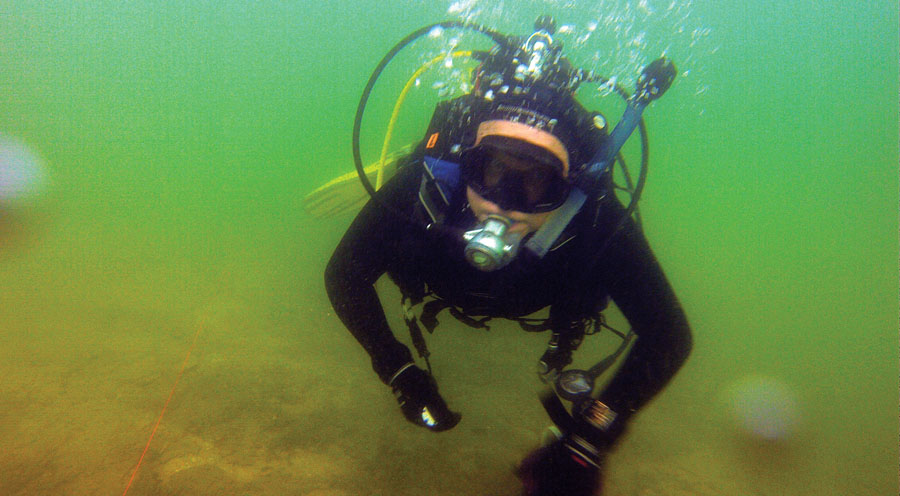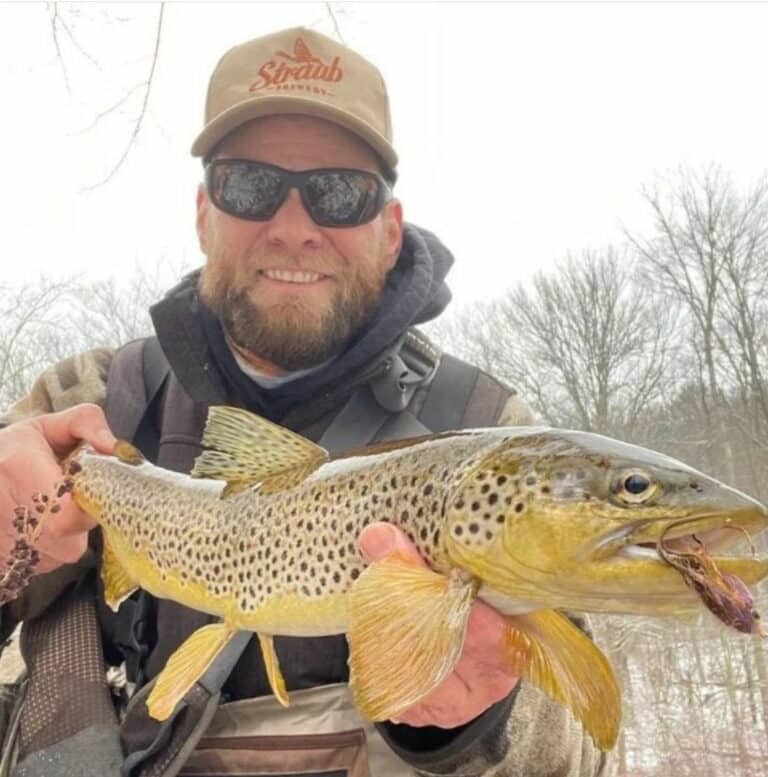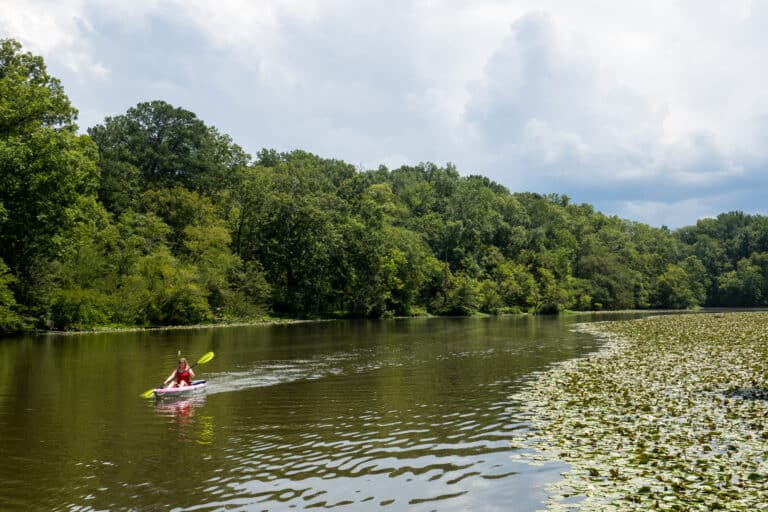Paul Collingwood fell so hard for scuba that he went out and bought another leg. The 53-year-old computer programmer wears a prosthesis below his left knee, the result of an amputation after a motorcycle accident when he was 25. But after he plunged into diving 10 years ago, he went all in, purchasing a specialized artificial limb that allows him to flutter with the same graceful ease as a dolphin.
“I love to explore,” the Columbia, S.C., dive instructor says during a warm Saturday morning at Lake Jocassee. “There’s plenty of fun stuff to do underwater. It’s like taking a trip to outer space without leaving the planet.”
Scuba is a gear-intensive sport—a lifestyle, Collingwood calls it—that can start at around $1,500. Still, anyone who has spent more than just a few seconds underwater will tell you that the passion of scuba diving hits fast and hard. That’s pretty obvious when you see 71 divers sink into mid-60-degree water for the annual Poker Dive in Lake Jocassee.
Today, everyone’s clad from toes to nose in black neoprene wet suits, weight belts, air tanks with 3,000 pounds per square inch of pressure, buoyancy-compensator vests, masks, snorkels and fins. And … down … they go. Bubbles betray their progress as they flipper along pink lines that lead to buckets filled with poker chips.
The underwater card game kicks off scuba season for the Bermuda Triangle Dive Shop in Columbia, S.C. They make regular vists to Lake Jocassee throughout the summer, as well as to Lake Keowee’s “hot hole,” where the Oconee Nuclear Station generates bathtub-warm water.
On this 84-degree morning in late May, the school of human fish has collected the poker chips. They waddle up the boat ramp to turn in their chips and collect their prizes. The winning hand belongs to Reynolds McLeod, a 16-year-old rising sophomore at Greenville High School.
Scenes from Deliverance, the iconic James Dickey film, were shot in this pristine, idyllic valley before Duke Energy bought up all the land there and flooded it. Among the drowning victims: the Attakulla Lodge, a sprawling wooden bed-and-breakfast that for half a century sat only 20 yards from water’s edge. Now it sits more than 300 feet below the surface, too deep for all but the most technical divers; only a handful of people have ventured down to the legendary lodge.
Where many do dive, though, is the submerged Mount Carmel Baptist Church Cemetery, which also played a role in Deliverance. The cemetery’s previous residents were relocated. But the eeriness remains about 130 feet down.
Beyond ghosts, there’s still much to see: a soda machine, a basketball goal, a few plastic skeletons in lawn chairs and, under an algae-covered platform, a giant fish that could scare the air right out of you… until you realize it’s not real.
Scuba is real, though, a unique experience that gives folks who enjoy traveling yet another way to see places that most tourists don’t go—including a World War II U-boat submerged off the coast of North Carolina. While everyone must have a “dive buddy” for every descent, it’s still possible to get a little lost in a way. After all, you’re hearing little more than bubbles from your own measured breath in a dream world of weightlessness. Or, as Burt Reynolds’ character, Lewis, says in Deliverance: “Sometimes you have to lose yourself ’fore you can find anything.”








